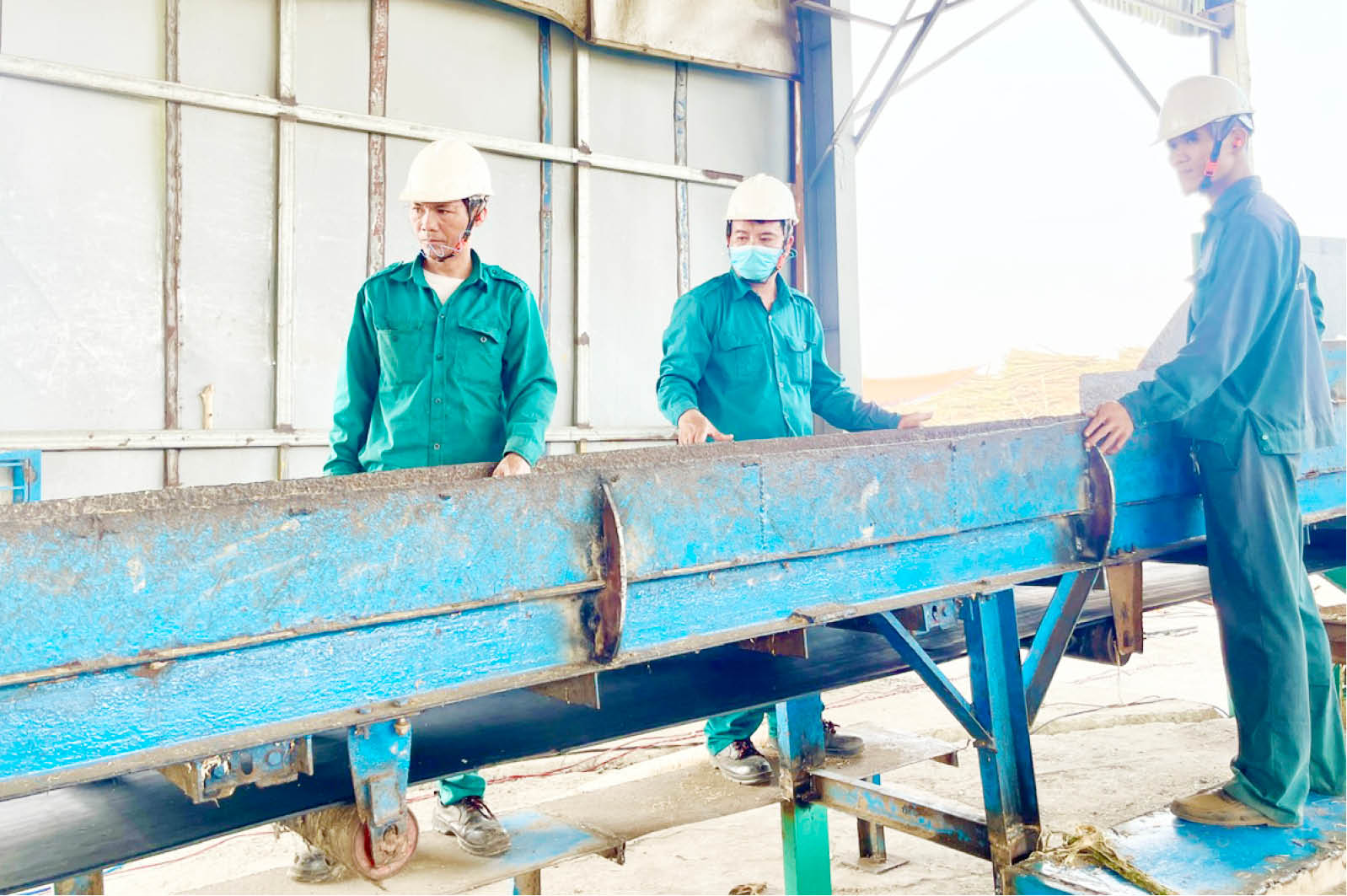 |
| Enterprises in industrial clusters contribute to creating jobs for local workers. |
The disadvantages
From 2021 to present, Hue has established 10 industrial parks with a total area of over 323 hectares. Of which, 5 clusters have come into operation, including: An Hoa, Thuy Phuong, Tu Ha, Huong Hoa, Huong Phu, attracting 128 investment projects, creating jobs for more than 8,300 workers, with an occupancy rate of 65.73%.
In 2024 alone, the city approved the establishment of two new industrial parks: Phu Dien (Phu Vang district) and Dien Loc 2 (Phong Dien town), expanding production space to suburban areas. At the same time, key industries such as garment, automobile manufacturing, and agricultural processing continue to grow steadily. The industrial production index (IIP) in 2024 is estimated to increase by 6-7%, with a production value of about 38,000 billion VND.
The above figures not only reflect investment attractiveness, but also show that Hue has been forming a real production capacity, instead of industry being just a "tourism support" sector.
However, in reality, industrial production value mainly comes from enterprises located in economic and industrial zones; while industrial clusters are still stuck in familiar problems: Incomplete infrastructure, no wastewater treatment plant, overlapping residential planning, substandard operating mechanism... The clearest evidence is at Thuy Phuong Industrial Cluster (Huong Thuy Town), currently only 3 out of 5 feeder roads have been invested, the rest are waiting for capital. Meanwhile, the budget for upgrading feeder roads with a cost of about 40 billion VND has been established, but resources have not been allocated. Some enterprises in this cluster are facing difficulties in expanding production because residents live close to the factory, and resettlement planning has not been implemented. Typically, Thua Thien Hue Energy Pellets Joint Stock Company, although exporting 90,000 tons of pellets to Japan each year, still has to fend for itself in terms of infrastructure, environment and labor.
Another paradox that exists is that industrial parks are planned to solve the problem of urbanization and concentrated production, but some clusters do not have a clear management model, some clusters do not have a managing unit, and some clusters do not have a technical operation department. And many clusters are still operating in the style of "whoever comes first, goes, the rest waits... for the road".
Good signs
If we consider the industrial park as just a place to “gather production workshops together”, we are missing out on its larger role as a soft infrastructure for regional growth. The industrial park needs to be designed as a “small and medium-sized production ecosystem” – with synchronous infrastructure, connected logistics, adjacent vocational training areas, specific investment support mechanisms and a specialized management board. This model is not unfamiliar, many provinces such as Quang Ngai, Binh Duong, Bac Ninh… have implemented it with obvious effectiveness.
In Hue, where there are many small and medium-sized enterprises and abundant labor resources, but lack of industry linkages, industrial clusters can completely create "local production chains", from garment to mechanics, agricultural processing, medical equipment... However, we still lack industrial clusters as mentioned above.
Hue has become the 6th centrally-governed city of Vietnam. With its new position, the way of thinking must also be new.
It is known that the city has planned to establish and expand 20 industrial parks by 2030, with a total capital demand of over 6,000 billion VND to be mobilized from the budget, socialization and other legal sources. The industry orientation is clear, that is high technology, clean, energy-saving, with chain linkage, instead of being spread out. 100% of industrial parks will have a centralized wastewater treatment system that meets standards, linked to urban - ecological - production planning.
More importantly, the city has made institutional changes, which is to issue regulations on the management of industrial parks in the province (now Hue City) according to Decision No. 89/2024/QD-UBND dated November 15, 2024, establish a Council for selecting investors in industrial park infrastructure and actively put industrial parks on the priority list for calling for strategic investment. In addition, the city has issued a Project on developing high-quality human resources by 2030, which encourages vocational schools to cooperate with enterprises to train in line with actual needs; local authorities will also have a policy to support tuition fees for workers participating in specialized technical courses....
Those are good signs. The remaining task is to concretize those policies, from land to capital, management to operation to promote the effectiveness of industrial parks.
Source: https://huengaynay.vn/kinh-te/tang-nang-luc-phat-trien-cho-cum-cong-nghiep-152628.html


![[Photo] President Luong Cuong receives Ethiopian Prime Minister Abiy Ahmed Ali](https://vstatic.vietnam.vn/vietnam/resource/IMAGE/2025/4/16/504685cac833417284c88a786739119c)
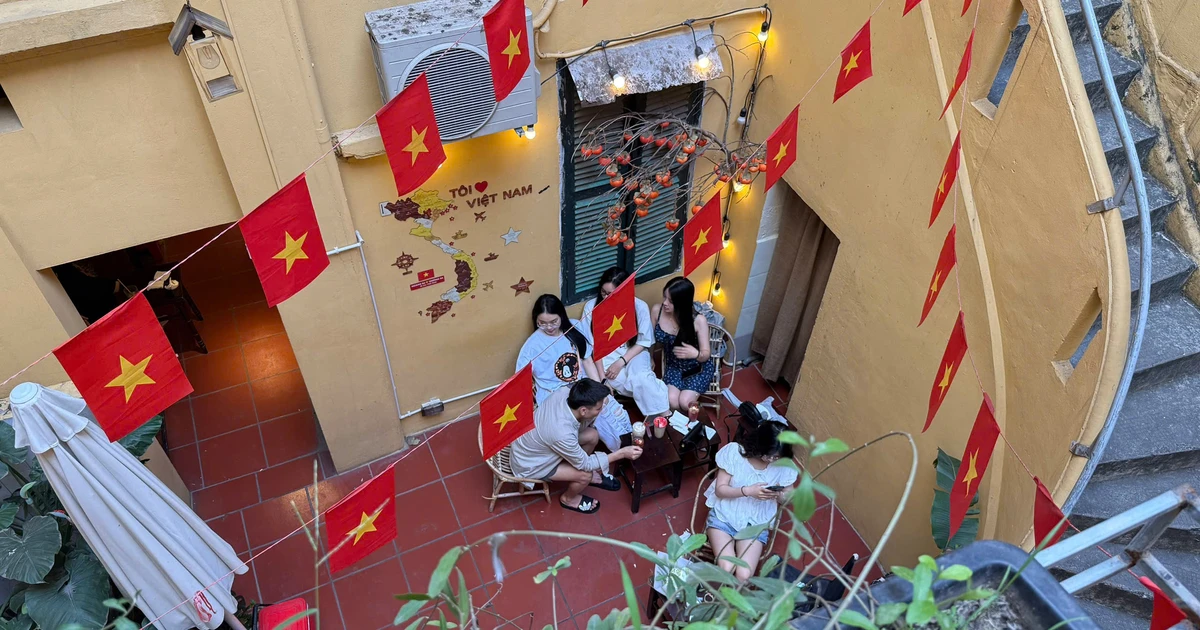
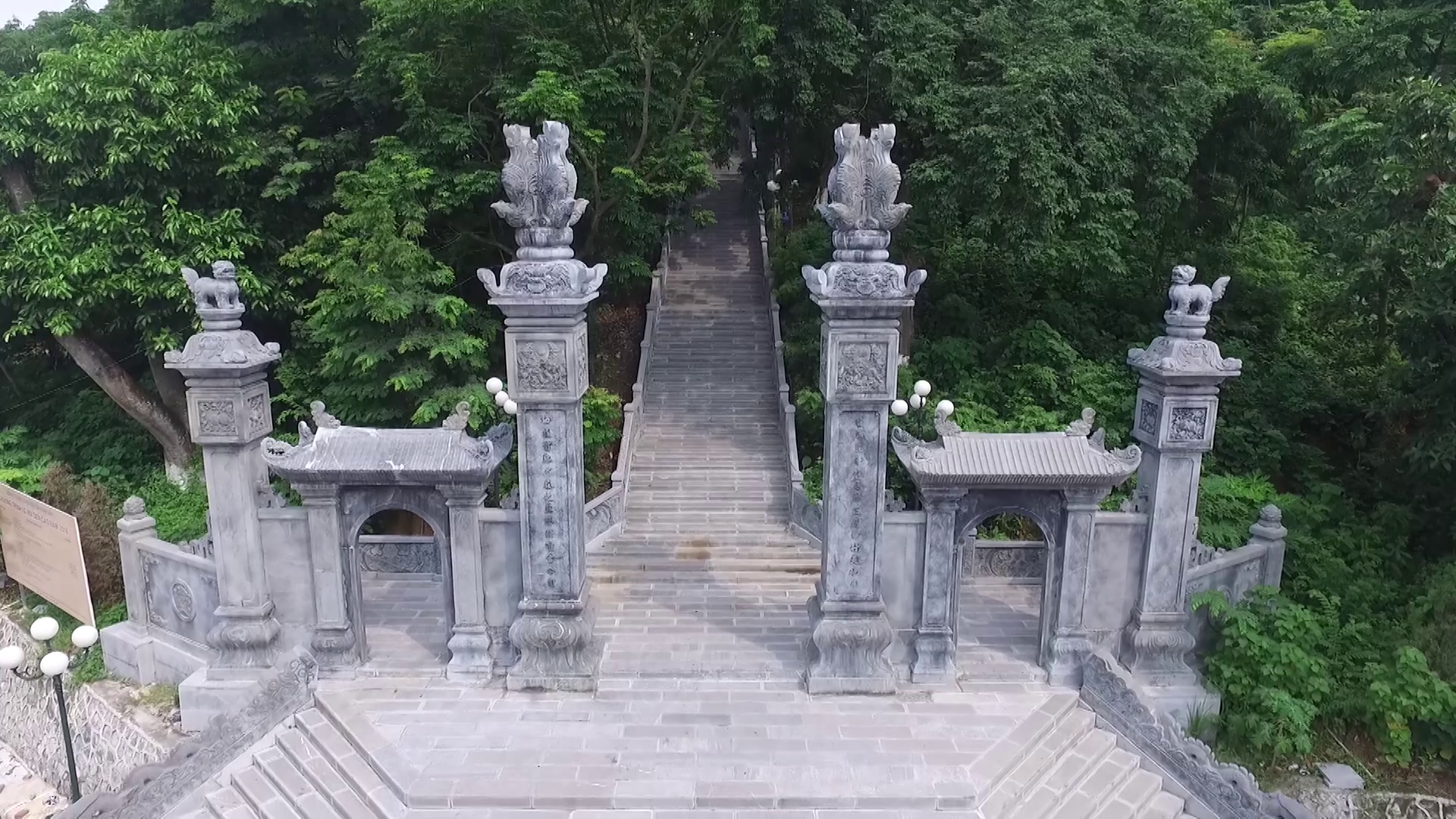
![[Photo] National Assembly Chairman Tran Thanh Man meets with Ethiopian Prime Minister Abiy Ahmed Ali](https://vstatic.vietnam.vn/vietnam/resource/IMAGE/2025/4/16/c196dbc1755d46e4ae7b506c5c15be55)
![[Photo] Many practical activities of the 9th Vietnam-China border defense friendship exchange](https://vstatic.vietnam.vn/vietnam/resource/IMAGE/2025/4/16/3016ed3ef51049219574230056ddb741)
![[Photo] Opening of the 4th Summit of the Partnership for Green Growth and the Global Goals](https://vstatic.vietnam.vn/vietnam/resource/IMAGE/2025/4/16/488550ff07ce4cd9b68a2a9572a6e035)

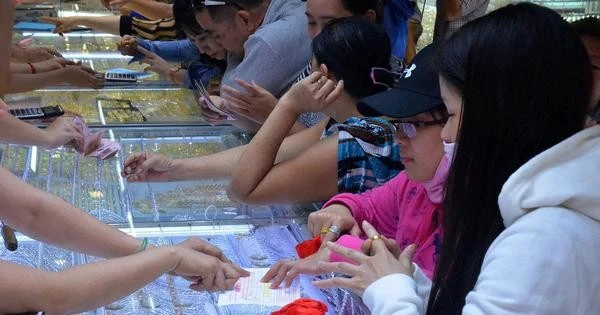

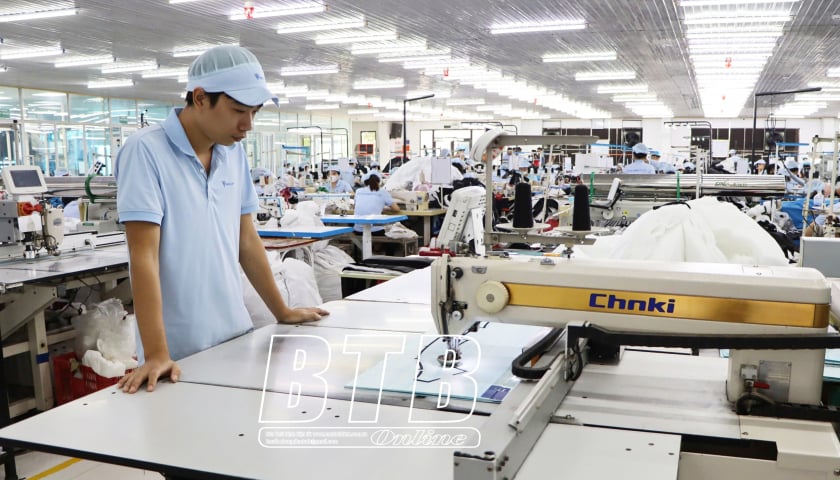
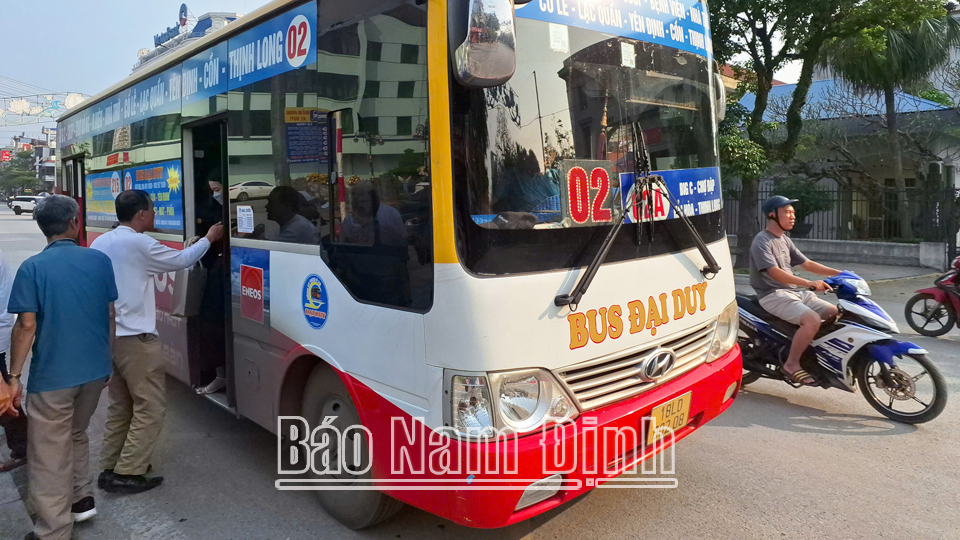
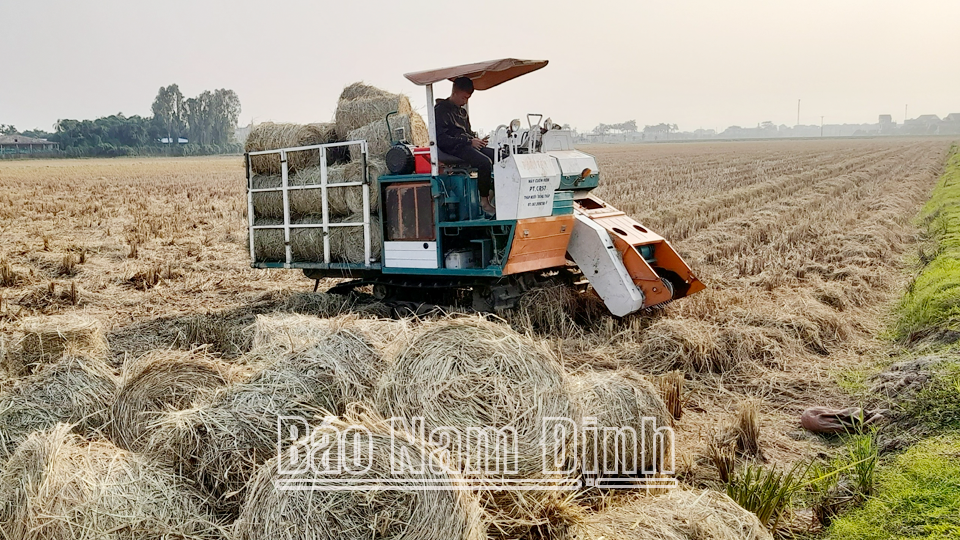





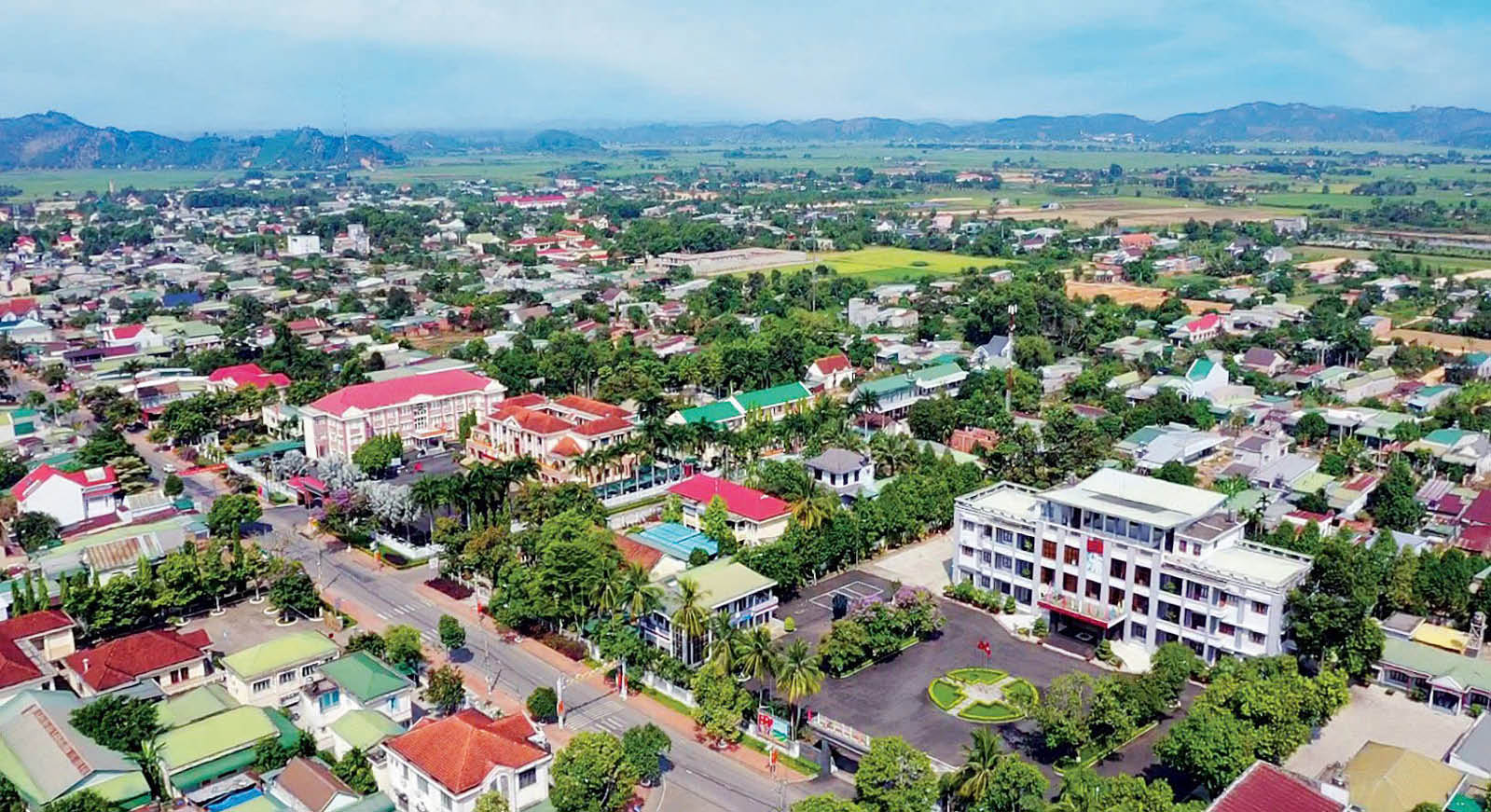
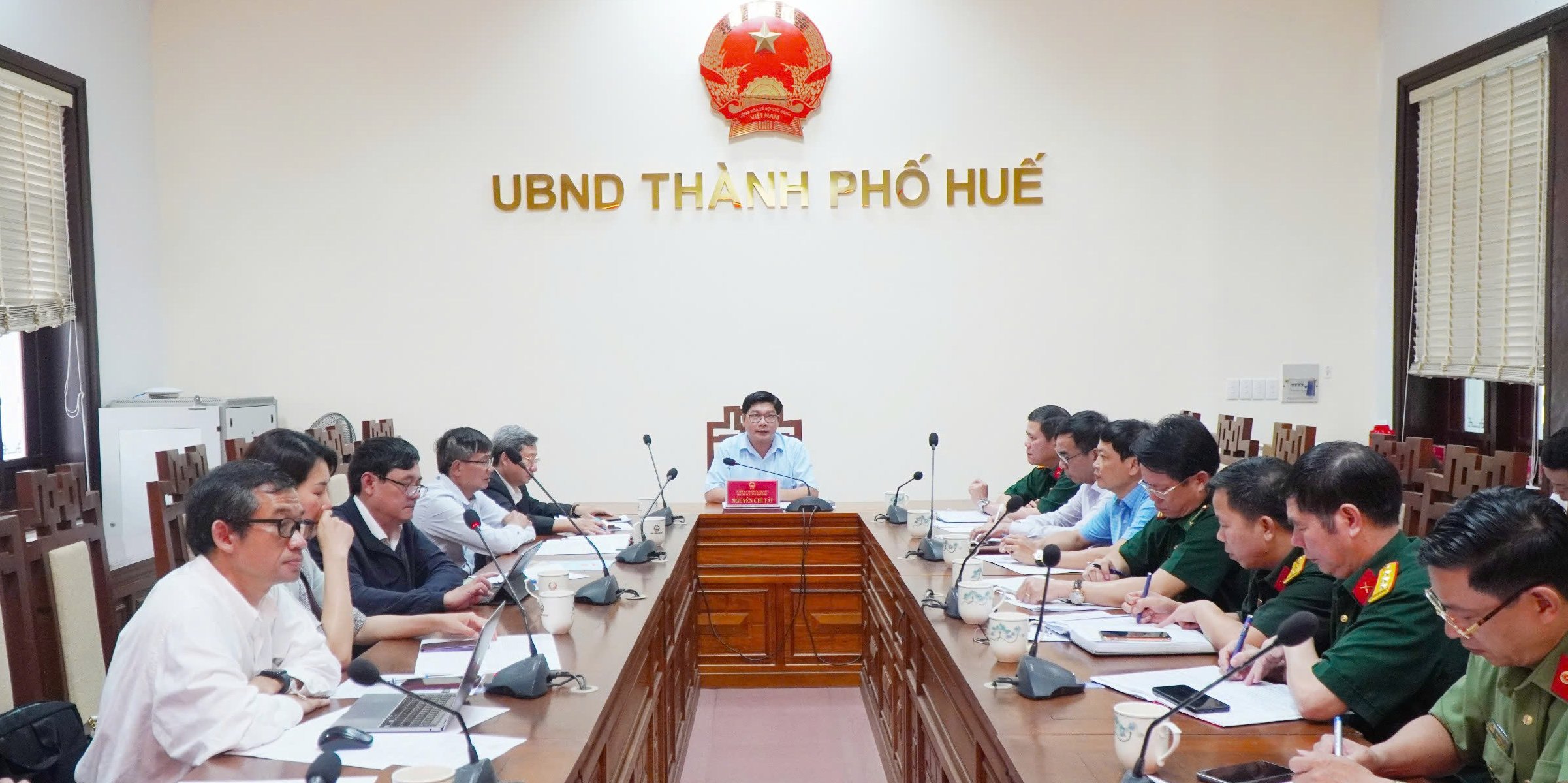

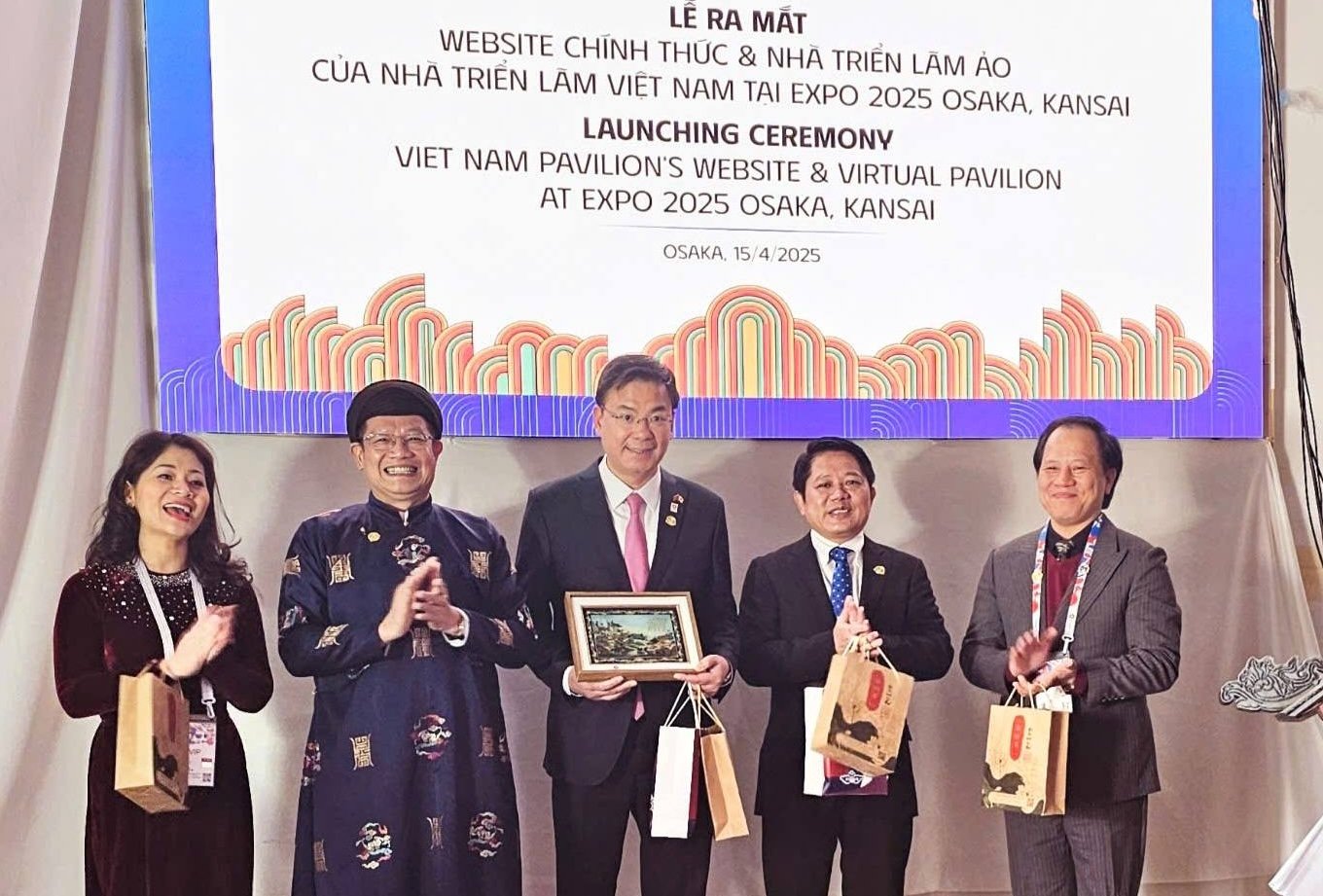
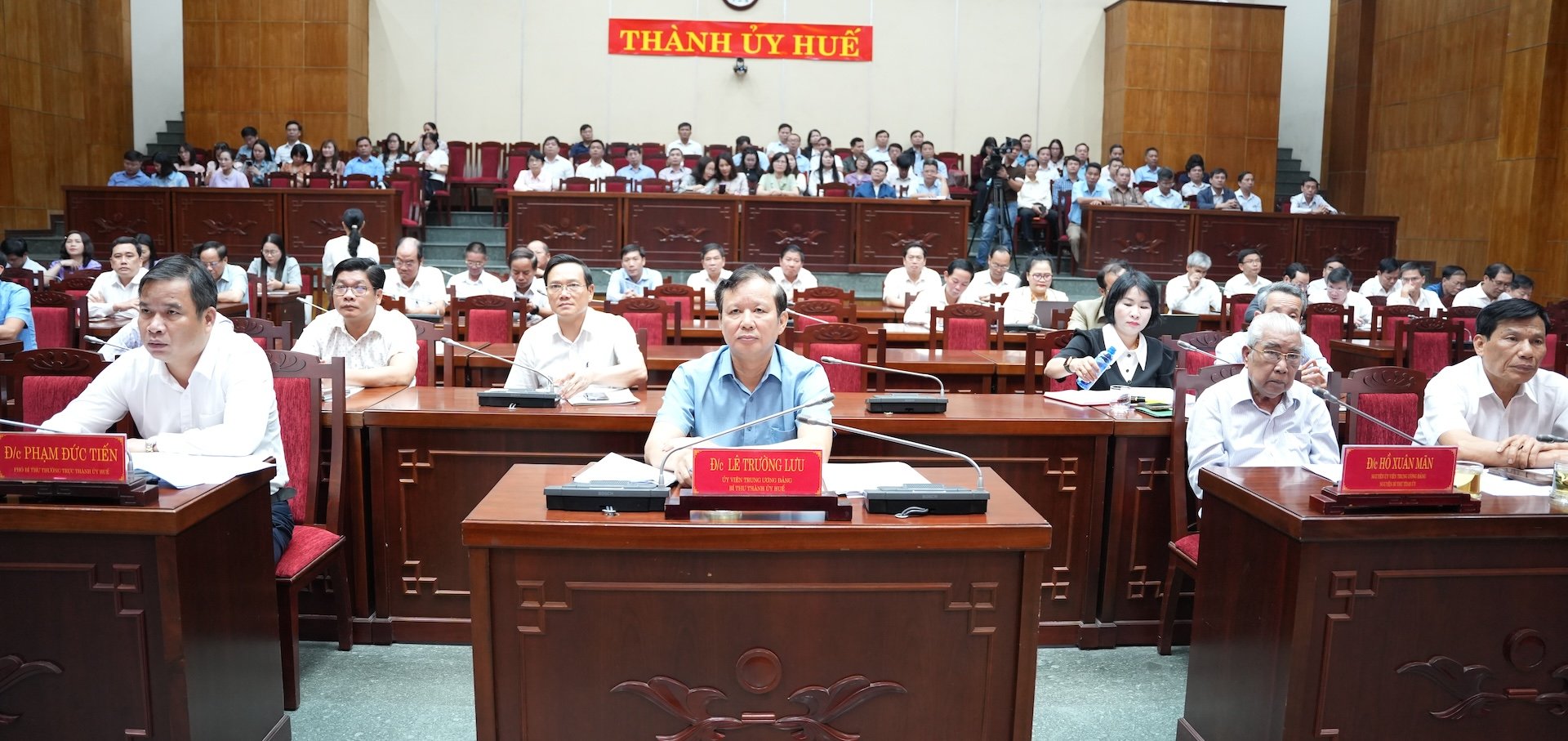
![[Photo] President Luong Cuong meets 100 typical examples of the Deeds of Kindness Program](https://vstatic.vietnam.vn/vietnam/resource/IMAGE/2025/4/16/ce8300edfa7e4afbb3d6da8f2172d580)




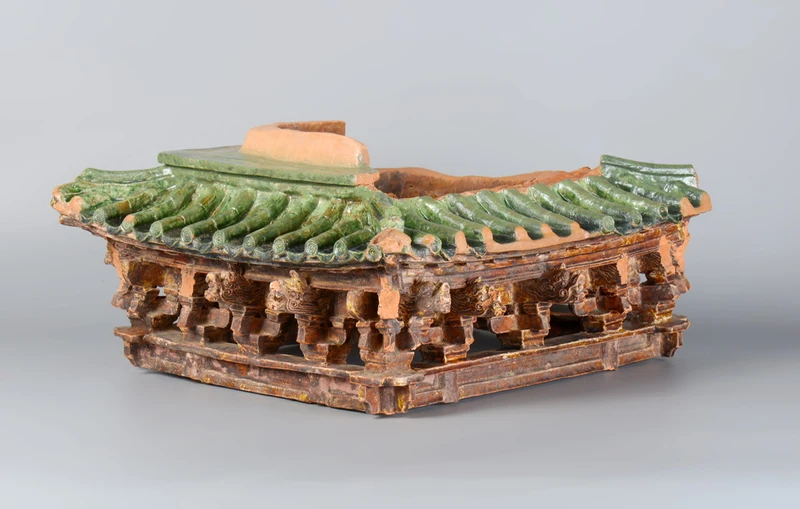


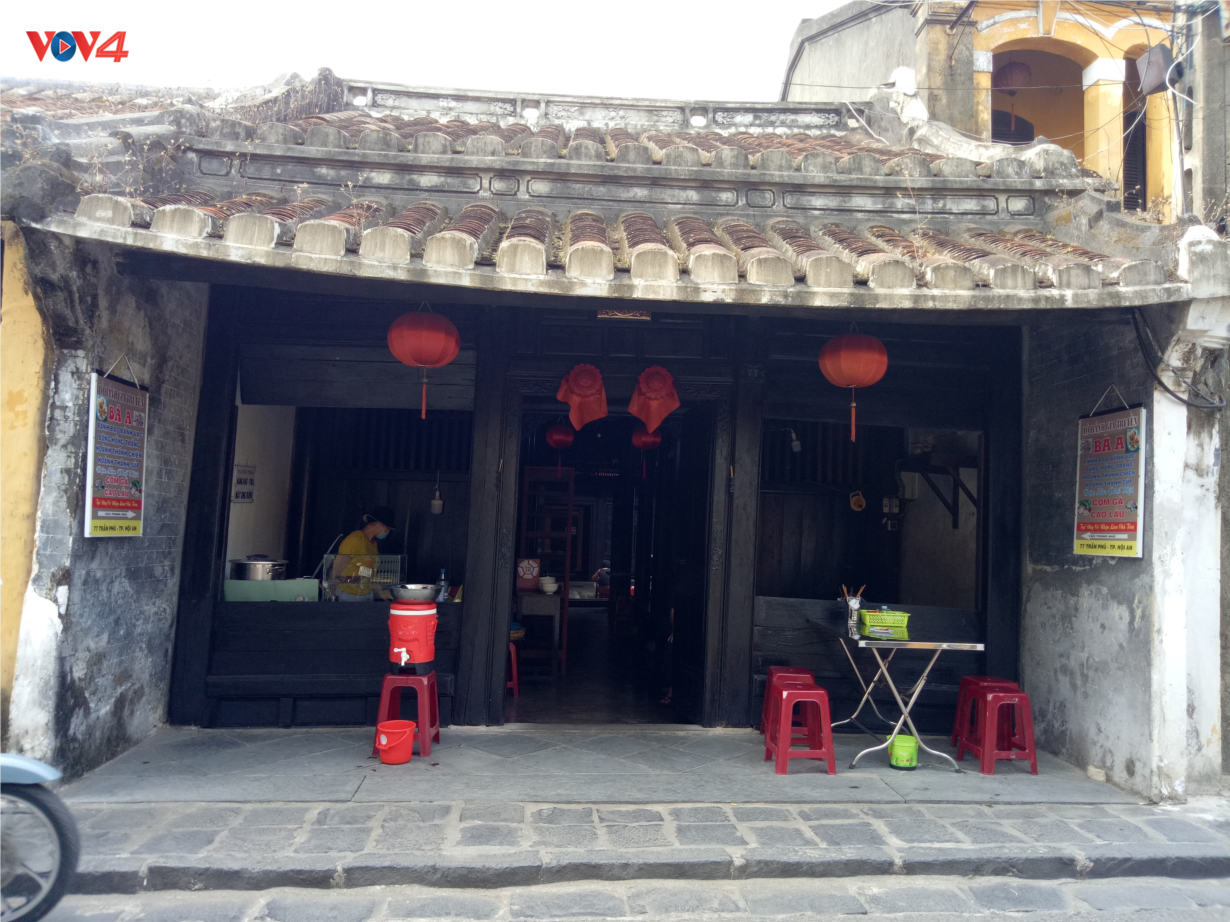

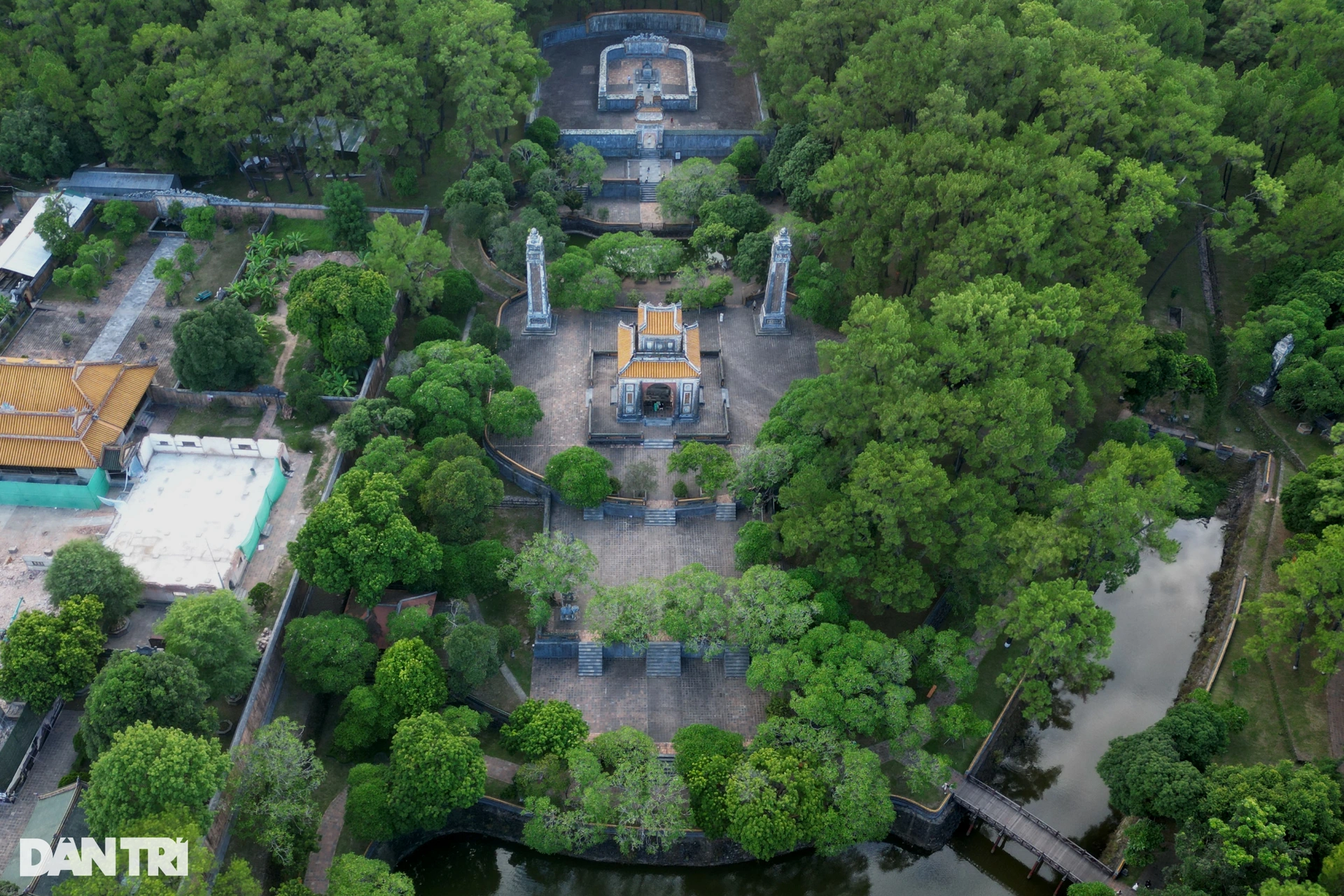

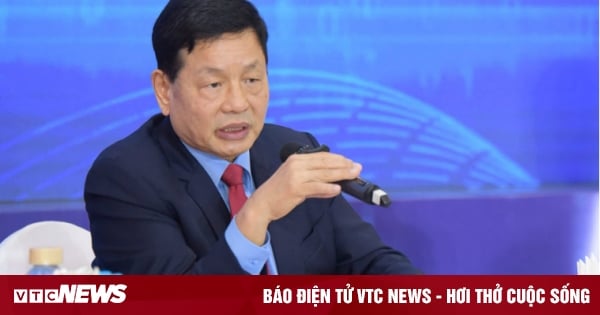



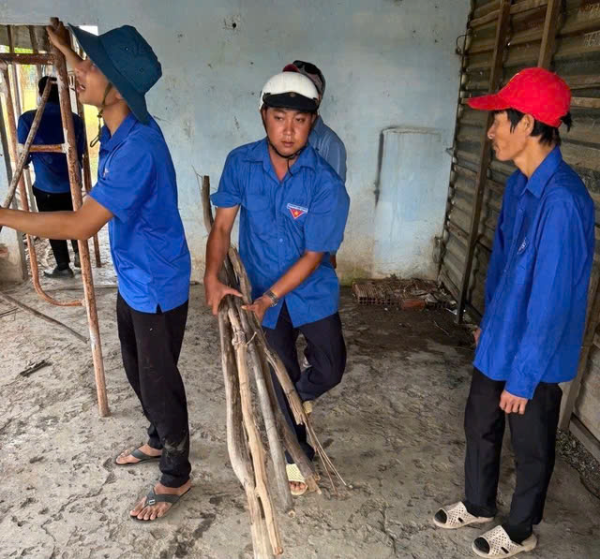

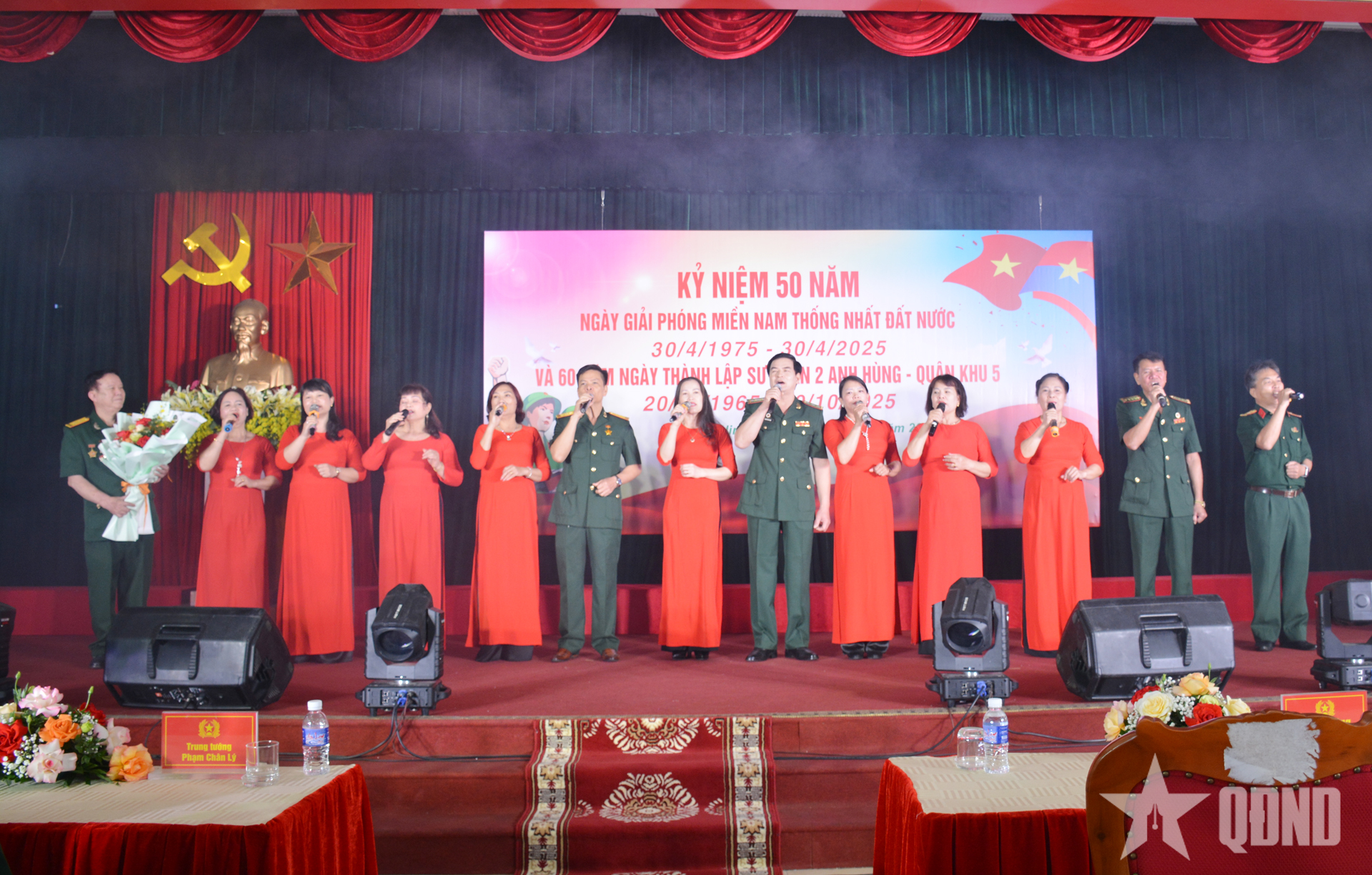






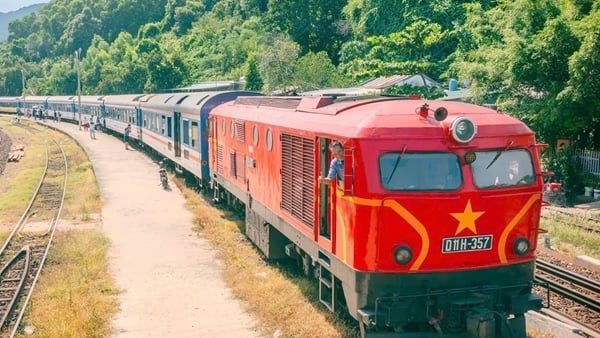
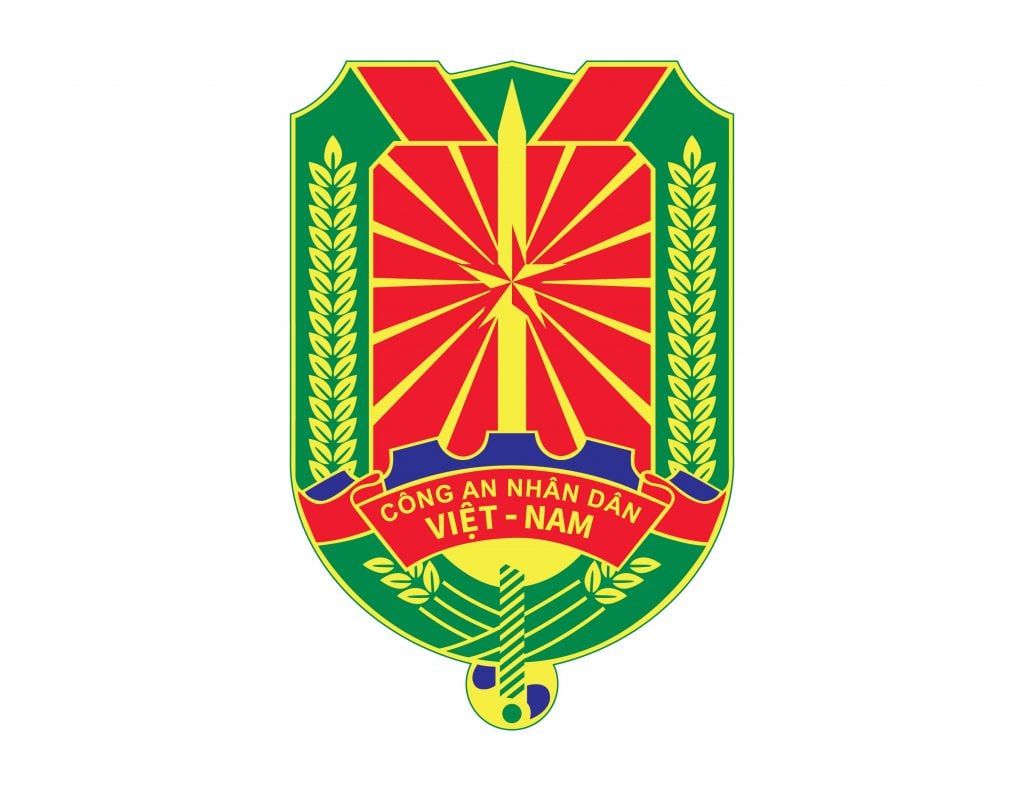


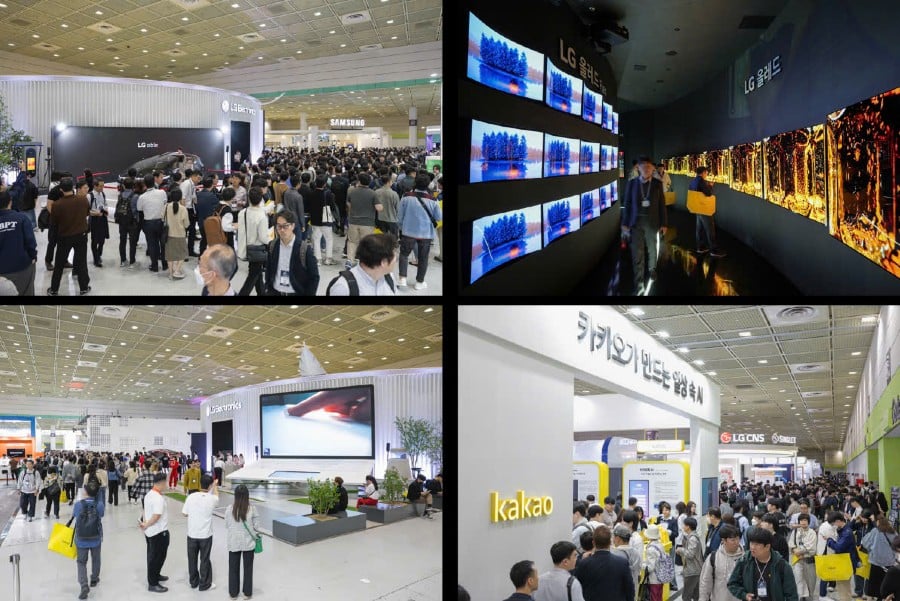

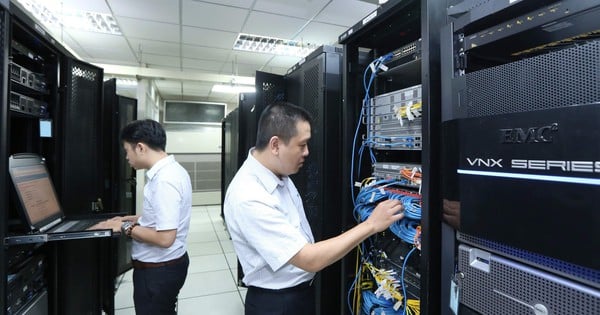

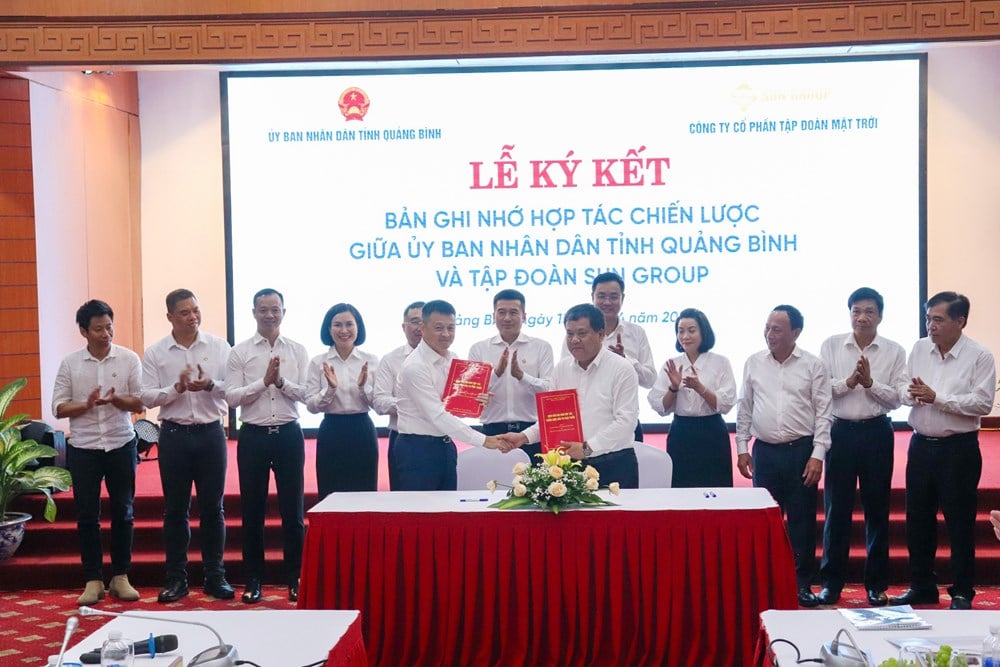

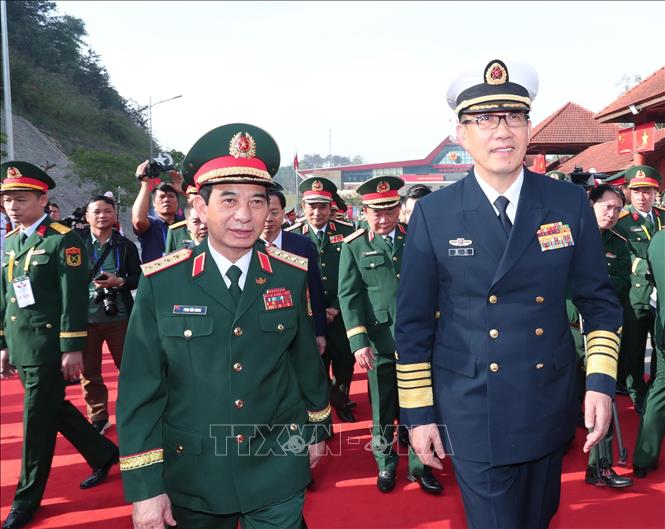

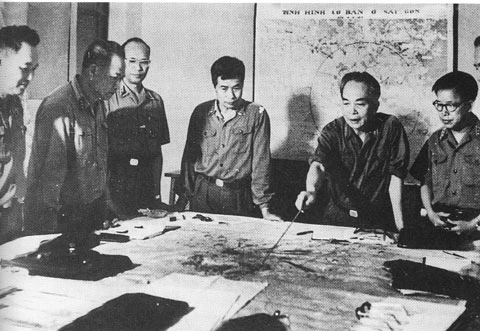

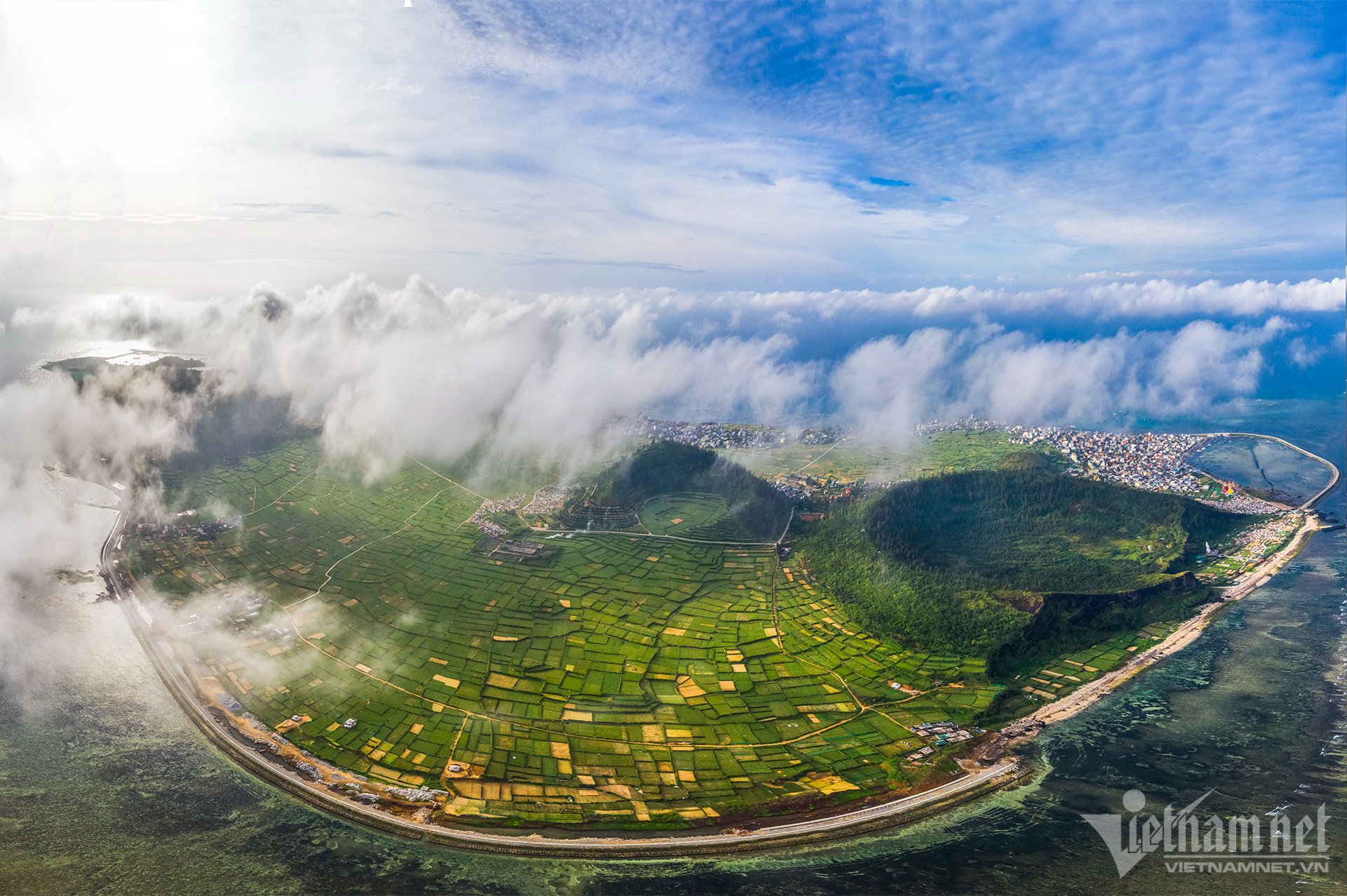

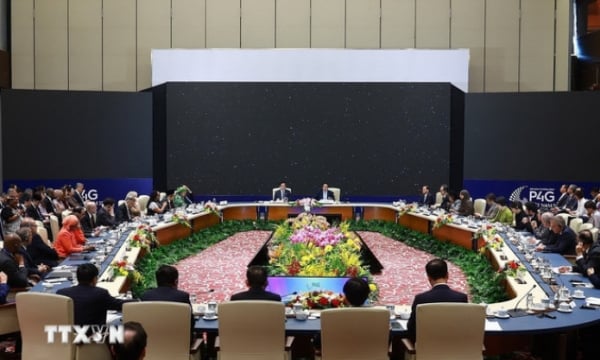
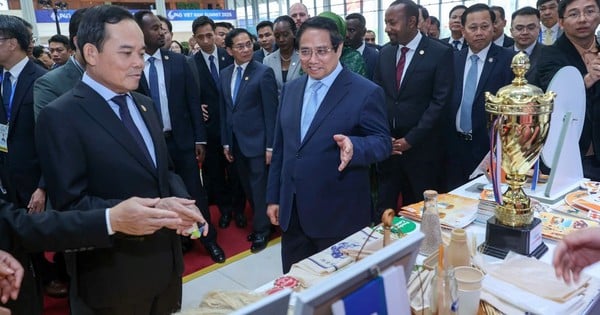

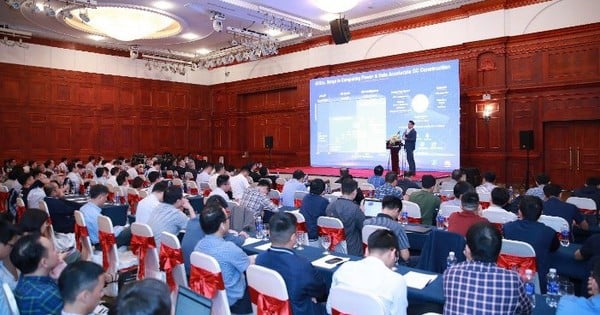
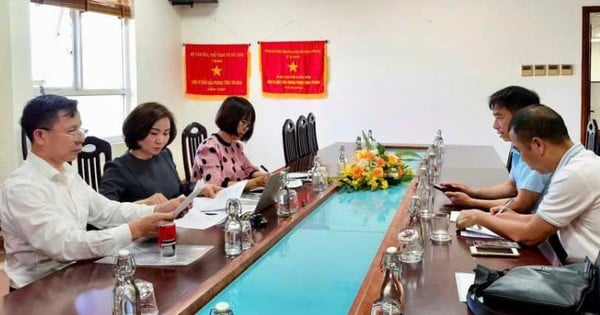

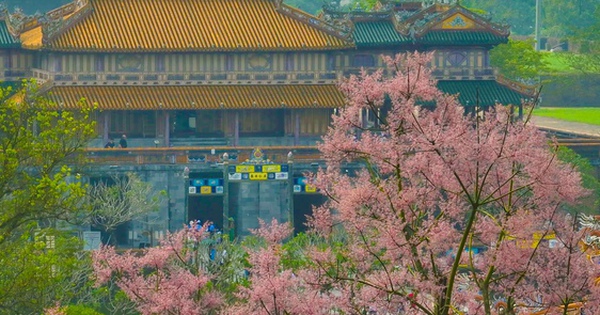
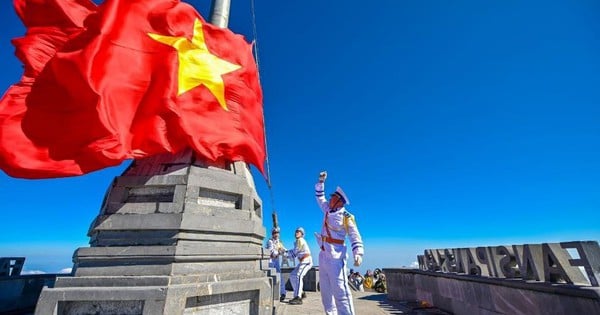
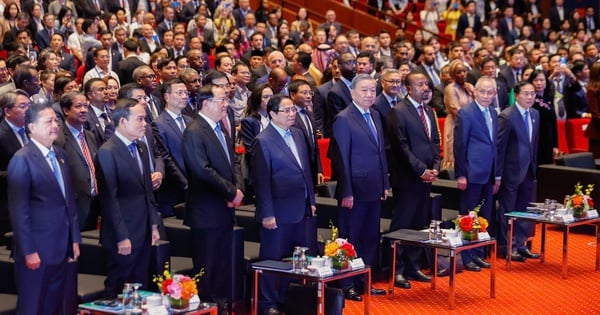




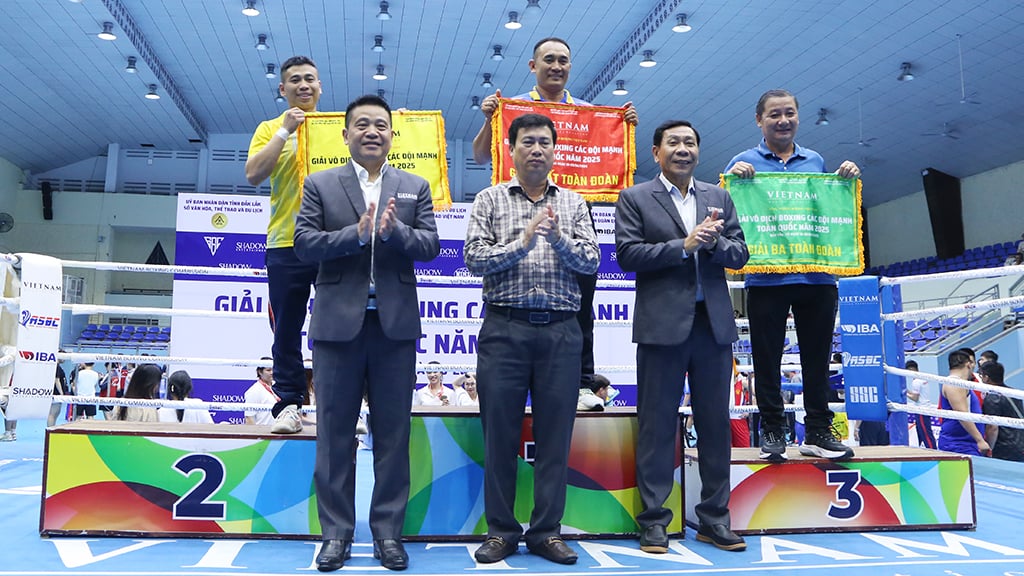

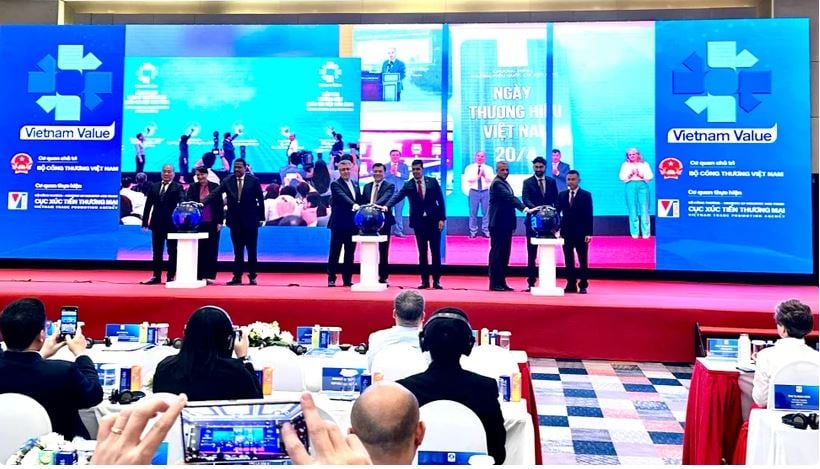



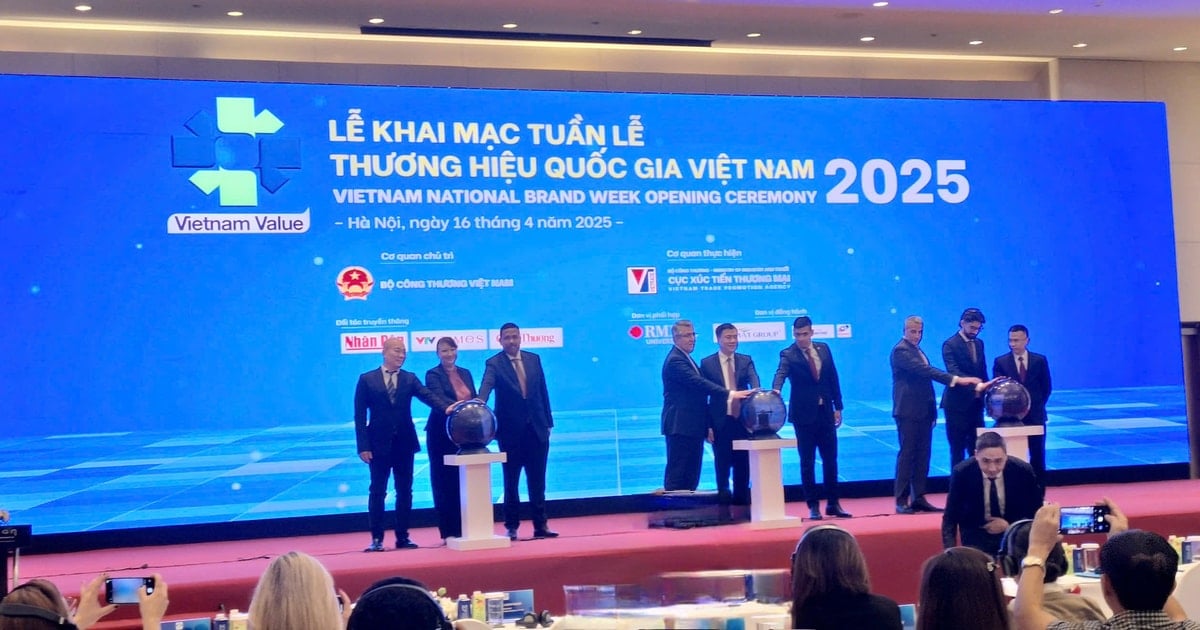


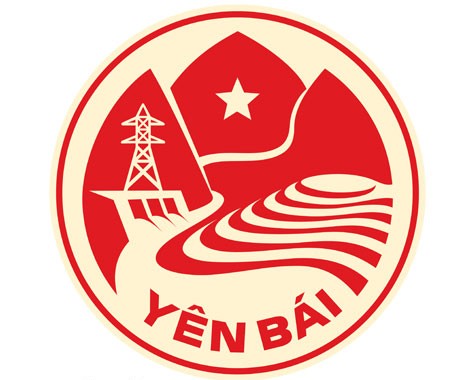
Comment (0)